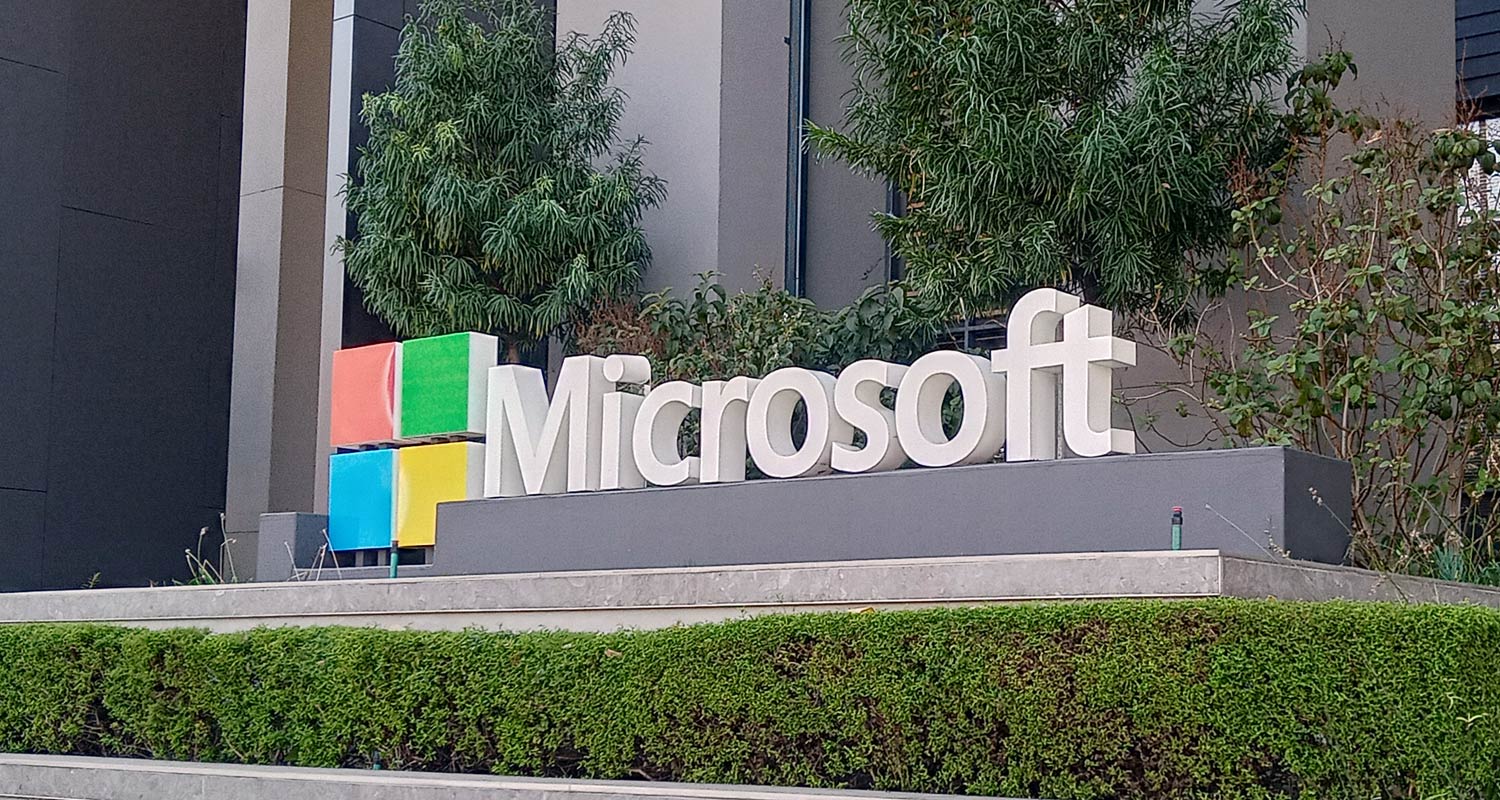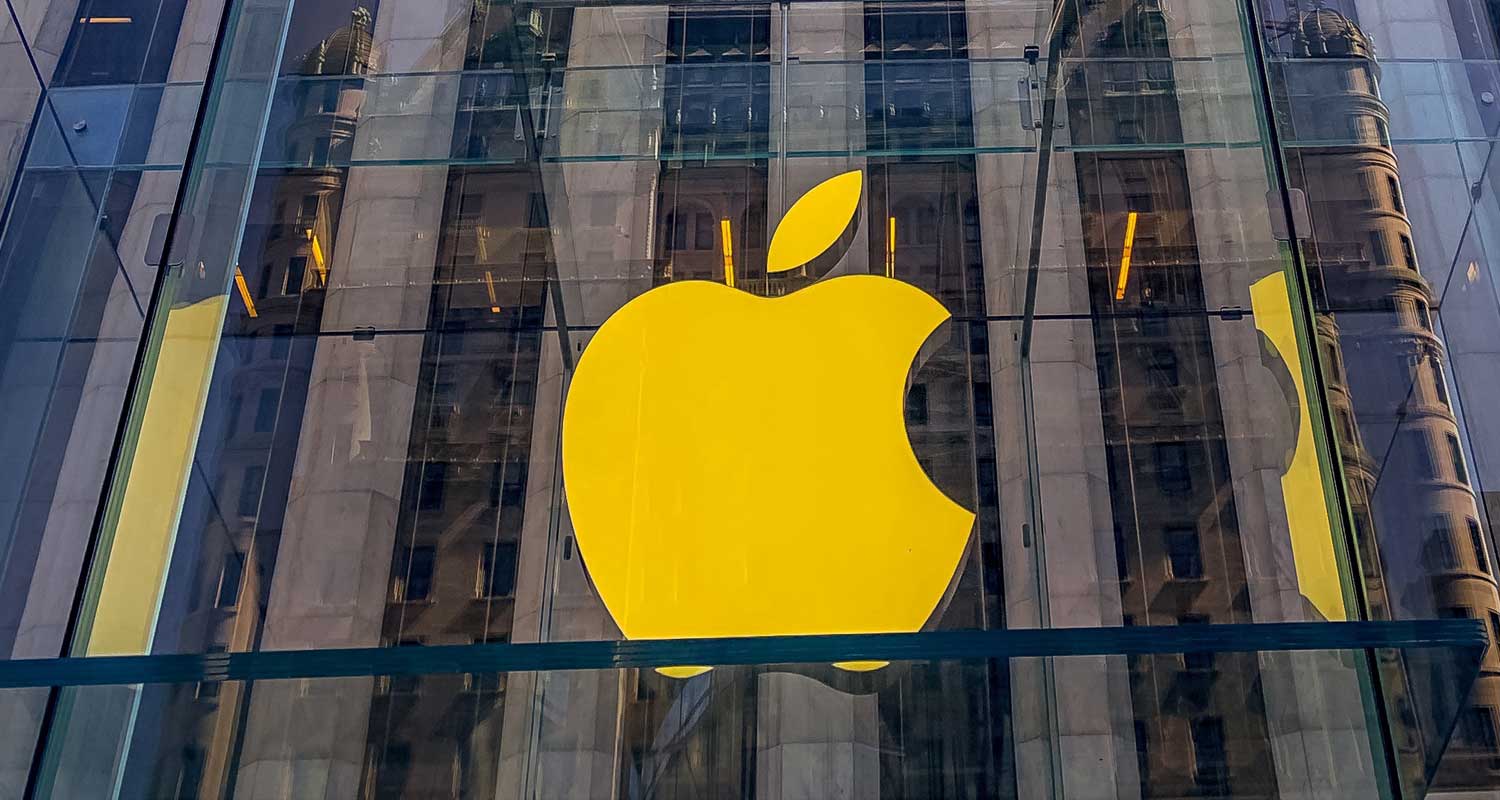
The violent rotation out of Big Tech has dragged the Nasdaq 100 Index down 8% in just over two weeks, leaving it on the cusp of a correction. Whether it can avoid that dubious milestone will likely come down to earnings from a quartet of companies worth nearly US$10-trillion combined.
In a week that also brings a US Federal Reserve interest-rate decision, investors will focus primarily on results from Microsoft on Tuesday, followed by Meta Platforms, Apple and Amazon.com over the next two days.
The stakes were already high after a torrid first-half rally for Big Tech left the biggest companies with fat share-price gains and stretched valuations. They’ve become downright critical after Alphabet’s results last week raised concern that spending on artificial intelligence has got too rich relative to near-term returns.
“These earnings are really important,” said Michael O’Rourke, chief market strategist at Jonestrading. “If you can’t beat expectations then I think the interpretation is that AI is not delivering the way people hoped.”
The results will land in a market roiled by one of the quickest and sharpest rotations in years. Investors finally turned cautious about companies at the forefront of AI after ignoring for months warnings that their run was overextended. They’ve sold the Nasdaq 100 to the tune of $2.6-trillion, and ploughed into stocks that had long been laggards, including small companies and financial and industrial firms. The index recovered slightly on Friday, posting a 1% gain, but not nearly enough to make up for losses earlier in the week.
The rotation into cyclical pockets of the market began in earnest after a reading on June prices showed cooling inflation, stoking bets the Fed will cut interest rates as soon as September. The Russell 2000 has jumped 10% since then, while financial and industrial companies in the S&P 500 are up more than 3.5%. Investors will get a better read on the prospects for any cuts when the Fed releases a policy statement Wednesday and chair Jerome Powell speaks.
Bearish puts
During the shift, traders have been bidding up options on the Invesco QQQ Trust Series 1 ETF that tracks the Nasdaq 100 to protect against a further slide, pushing up the premium for bearish puts to the highest in eight months. The Cboe Volatility Index popped above 18 this week for the first time since April, while a similar measure of turbulence on the Nasdaq 100 touched the highest since October — the last time the index was in a correction.
“This is what happens when you have such a small amount of breadth in the market and everyone depending on the same few stocks,” said Michael Matousek, head trader at US Global Investors.
The first test will be Microsoft. The software giant has been integrating AI services into its suite of software products and has spent heavily to build out data centre capacity. In Microsoft’s fiscal third quarter that ended in March, the company ploughed $11-billion into capital expenditures. That figure is projected to rise to more than $13-billion in its fiscal fourth quarter.
Meta Platforms, which reports on Wednesday, and Amazon, which reports on Thursday, have also been big spenders and investors will be looking for signs that AI is moving the needle for revenue.
 Apple shares have rallied 32% from an April low on optimism about the company’s plans to integrate AI services into its iPhones. Investors will be looking for additional details when it reports on Thursday as well.
Apple shares have rallied 32% from an April low on optimism about the company’s plans to integrate AI services into its iPhones. Investors will be looking for additional details when it reports on Thursday as well.
“There are growing concerns that the return on investment from heavy AI spending is further out or not as lucrative as believed, and that is rippling through the whole semiconductor chain and all AI-related stocks,” said James Abate, chief investment officer at Centre Asset Management.
The carnage is mounting among some of the highest-flying AI stocks. Nvidia, which is at the forefront of that industry, has fallen 17% from a record high on 18 June when it surpassed Microsoft and Apple to briefly become the most valuable company in the world. Dell Technologies, which makes servers used in data centres, has tumbled 37% from a peak in May. Rival Super Micro Computer is down 40% since March.
The six biggest US technology stocks accounted for most of the S&P 500’s 14% first-half advance. The cap-weighted index beat its equal-weight cousin by the most since 1999. Valuations soared, with the S&P 500’s IT index earlier this month hitting its highest price-to-projected earnings ratio since 2002.
“Big Tech was priced for perfection, and it has accounted for nearly all the market’s gains, which just underlines the group’s vulnerability,” Abate said. — Jeran Wittenstein and Ryan Vlastelica, (c) 2024 Bloomberg LP




